
The Royal Crescent in Bath stands as a quintessential example of Georgian architecture in Britain, showcasing the elegance and grandeur of the era. Designed by John Wood the Younger and constructed between 1767 and 1774, this iconic landmark comprises a graceful crescent of 30 Grade I Listed terrace houses arranged around a picturesque lawn overlooking Royal Victoria Park.
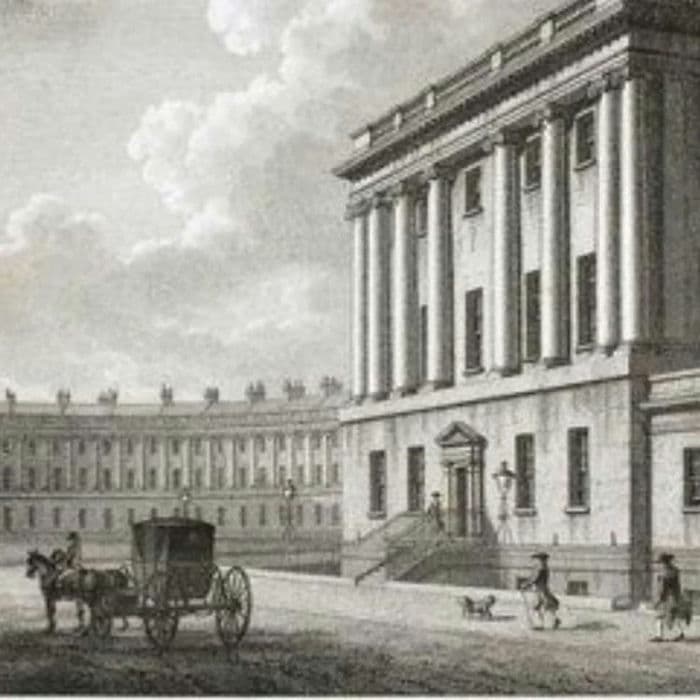
The construction of the Royal Crescent occurred in stages, with a two-storey range built in 1767, followed by an extension in 1769, and eventual linkage of the two sections. The east range later served as the service wing, while the rooms within boast authentic Georgian furnishings, including furniture, carpets, and artwork, offering visitors a glimpse into the opulent lifestyle of the period.
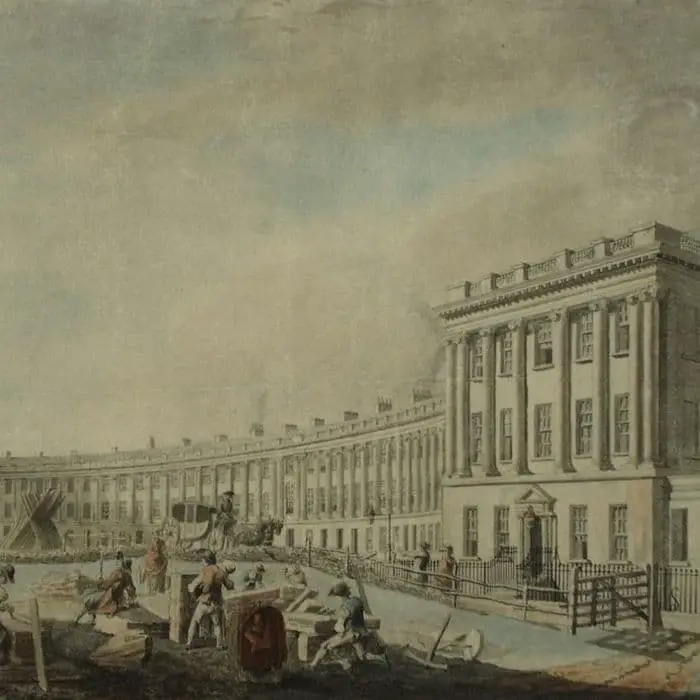
Despite its historical significance and architectural splendor, the Royal Crescent faced controversy during the 1970s when a resident, Miss Annabel Wellesley-Colley, painted her front door yellow instead of the traditional white. After a protracted legal battle, the door was allowed to remain yellow, adding a touch of eccentricity to the otherwise stately row of houses.
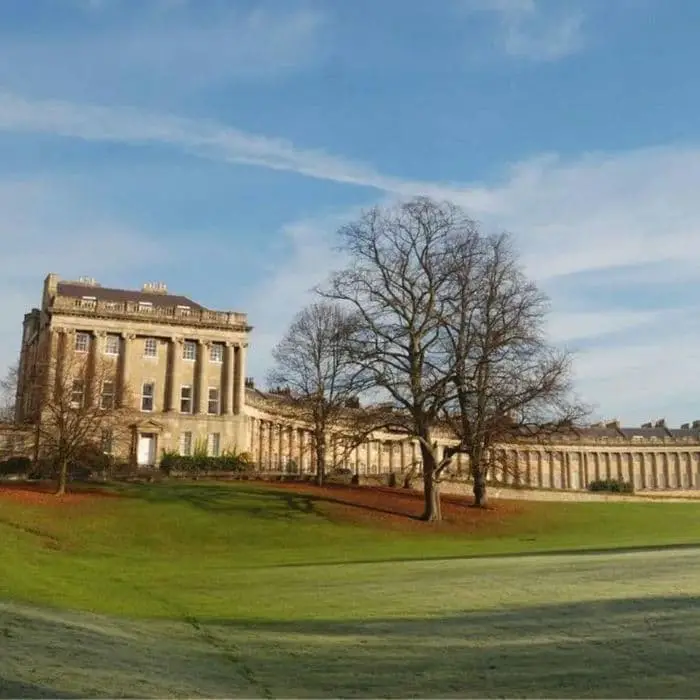
In 1968, No. 1 Royal Crescent was acquired by Major Bernard Cayzer and later entrusted to the Bath Preservation Trust, which meticulously restored the property using authentic 18th-century materials. In 2003, the Royal Crescent gained further attention when the archaeological television program Time Team conducted excavations in search of a Roman cemetery and evidence of Iron and Bronze Age settlements.
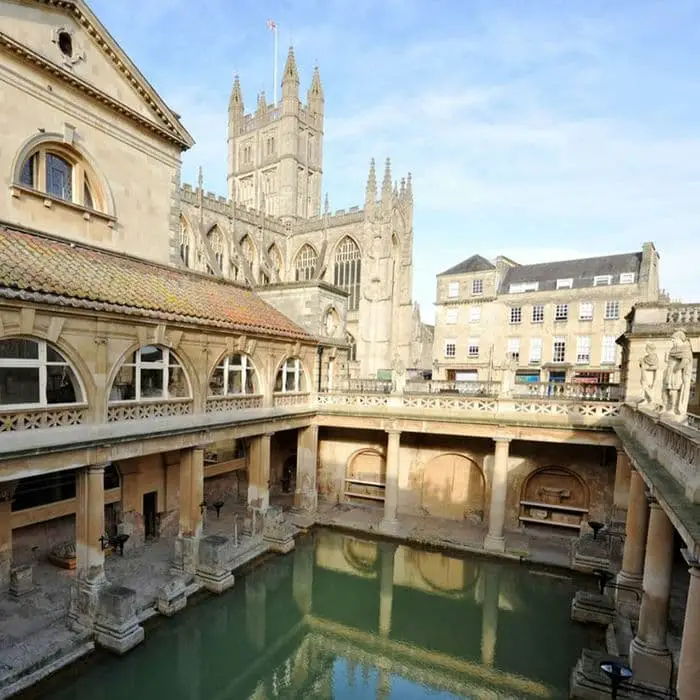
Today, the Royal Crescent hosts various establishments, including the luxurious Royal Crescent Hotel & Spa and the museum of Georgian life at No. 1 Royal Crescent. Visitors are invited to explore the museum’s immersive exhibits, offering insights into the daily lives of Georgian families in Bath. Reviews on TripAdvisor commend the museum’s attention to detail and captivating presentation, making it a must-visit attraction for history enthusiasts.
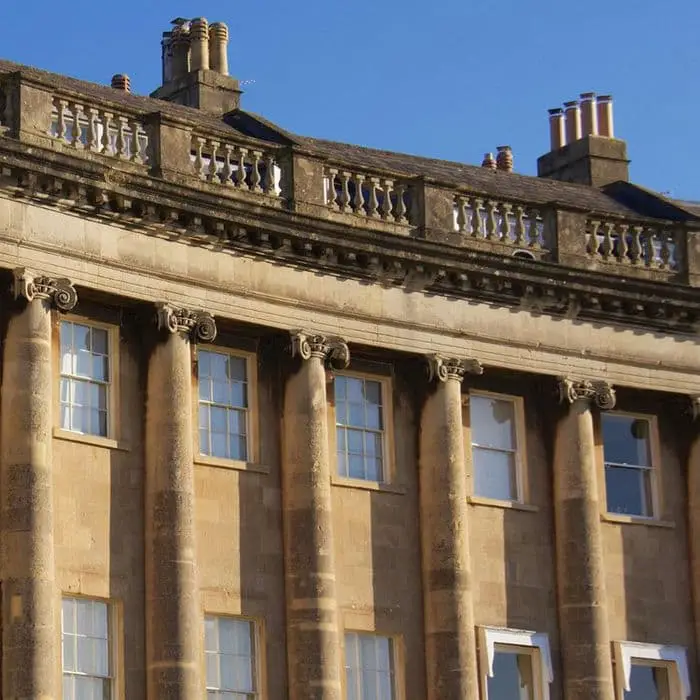
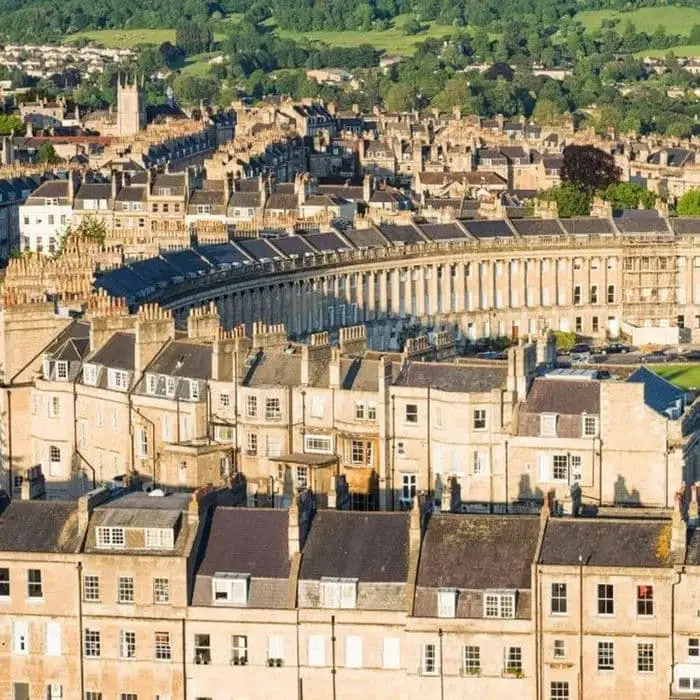
Bath itself offers a wealth of attractions, including the magnificent cathedral and Roman Baths, contributing to its designation as a UNESCO World Heritage Site in 1987. As the largest city and settlement in Somerset, Bath invites visitors to immerse themselves in its rich history and architectural beauty, making it a truly enchanting destination to explore.

